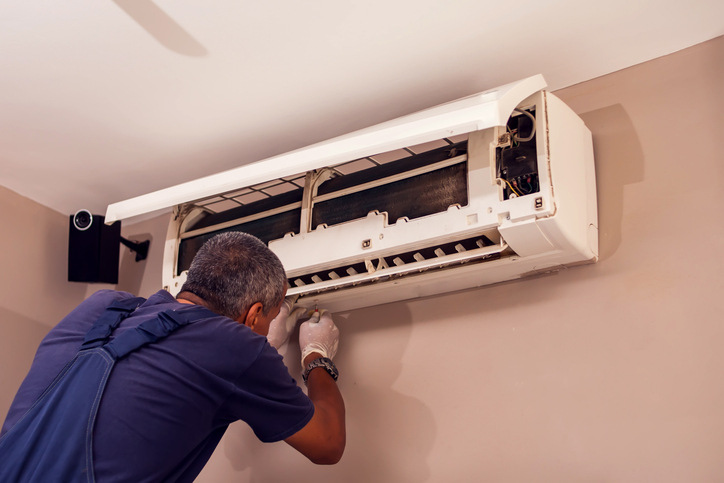
How to Detect and Prevent Carbon Monoxide Leaks in Your HVAC System
Carbon monoxide (CO) is often called the “silent killer” because it’s colorless, odorless, and highly dangerous. In homes with gas furnaces or fuel-burning HVAC equipment, a carbon monoxide leak can occur without warning. That’s why understanding how to detect and prevent CO risks is essential for keeping your family safe. If you’ve ever wondered how to ensure your home’s safety with tips on identifying and preventing carbon monoxide risks from your HVAC system, this guide is for you.
Why Carbon Monoxide Leaks Are So Dangerous
Carbon monoxide forms when fuel doesn’t burn completely. In HVAC systems, this can happen when burners are dirty, vents are blocked, or the heat exchanger cracks. Because CO has no smell or taste, exposure can go unnoticed until symptoms appear.
Even low levels can cause headaches, dizziness, and nausea, while prolonged exposure can be life-threatening. According to the Centers for Disease Control and Prevention (CDC), more than 400 people in the U.S. die each year from accidental CO poisoning, and thousands more visit the emergency room for related symptoms.
Common Causes of CO Leaks in HVAC Systems
For Arizona homeowners, especially those with older furnaces or gas-powered heating systems, the risk of carbon monoxide leaks increases over time. Common causes include:
- Cracked or damaged heat exchangers
- Clogged vents or flues that block exhaust gases
- Malfunctioning burners or pilot lights
- Poor HVAC installation or lack of regular maintenance
- Corrosion or rust in furnace components
Regular inspections by a certified technician are key to catching these issues before they become dangerous.
How to Detect Carbon Monoxide in Your Home
The most effective way to detect carbon monoxide is by installing CO detectors on every floor of your home, particularly near bedrooms and living spaces. These alarms alert you to unsafe levels before symptoms begin.
In addition to using carbon monoxide detectors, watch for visible and physical warning signs of trouble within their HVAC system. Soot or dark discoloration around furnace vents or registers may indicate improper combustion. Unusual odors, while not carbon monoxide itself, can signal related gas or ventilation issues. Yellow or flickering burner flames, instead of steady blue ones, suggest an incomplete burn, and excessive condensation on nearby windows could point to poor ventilation or exhaust problems. These signs should always be checked by a professional technician as soon as they appear.
If your detector goes off or you suspect a leak, leave the house immediately and contact emergency services, followed by a qualified HVAC technician.
How to Prevent Carbon Monoxide Leaks
Prevention is the most reliable way to protect your home from carbon monoxide risks. Every homeowner should schedule annual HVAC maintenance with a licensed professional to ensure the system is operating safely. Furnace filters should be cleaned or replaced regularly to maintain proper airflow and combustion. Flues, vents, and chimneys need to be kept clear of debris, bird nests, or blockages that could trap exhaust gases. Air intakes and exhaust pipes should always remain unobstructed to allow proper ventilation. Finally, homeowners should install carbon monoxide detectors throughout the home and test them every six months to ensure they’re working correctly.
Routine tune-ups help ensure your furnace burns fuel efficiently and safely. Professional inspections also catch issues like cracks or buildup before they lead to a leak.
Why Professional Maintenance Matters in Arizona
In Wickenburg and across Arizona, homes often use gas furnaces to handle cooler winter nights. That makes preventive care especially important. Local dust and desert debris can build up inside furnaces and vents, restricting airflow and increasing the risk of incomplete combustion.
A trusted HVAC company like McMillin Air can inspect your system, clean components, and test for leaks as part of your seasonal maintenance plan, helping you keep your home safe and your system efficient.
Knowing how to ensure your home’s safety with tips on identifying and preventing carbon monoxide risks from your HVAC system is one of the most important parts of homeownership. Installing detectors, scheduling regular inspections, and keeping your equipment clean all go a long way toward protecting your family.
For peace of mind, contact McMillin Air today. Our technicians provide expert HVAC maintenance and safety inspections for homeowners in Wickenburg, Arizona, and nearby communities, keeping your home comfortable, efficient, and safe all year long.


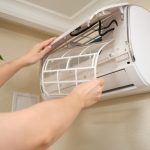
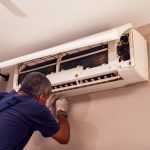
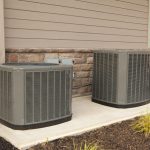
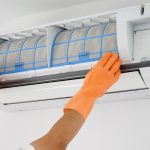


0 comments